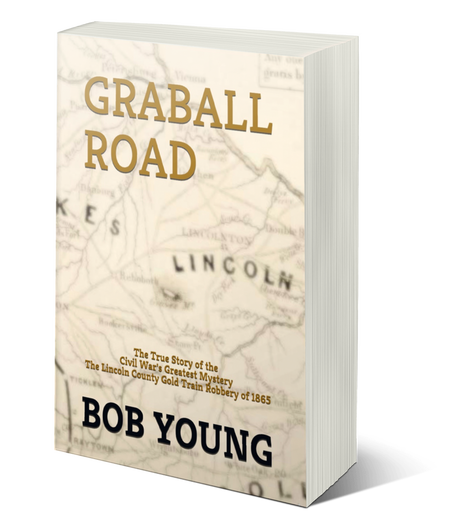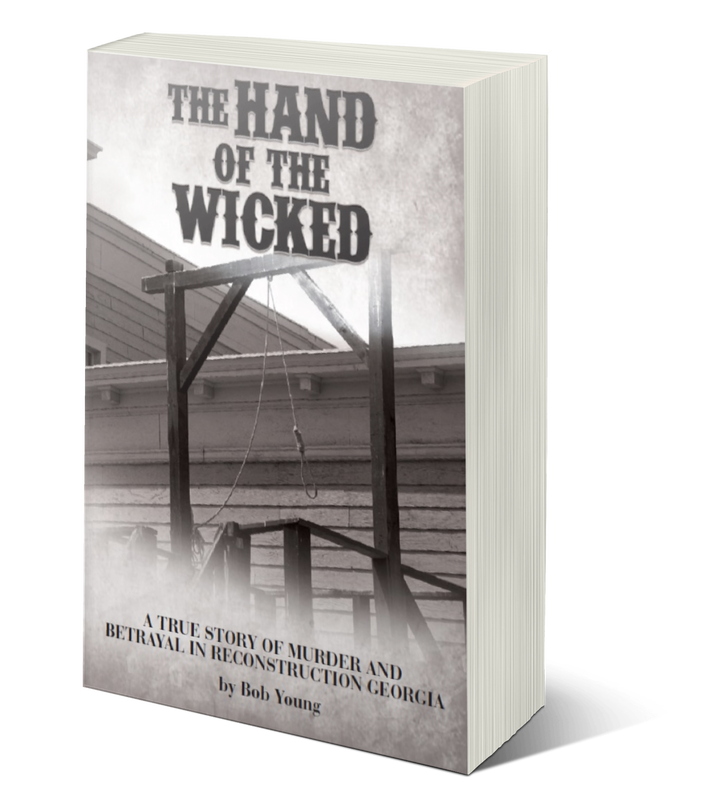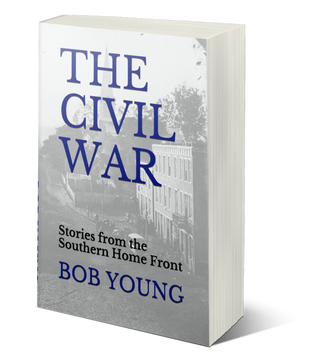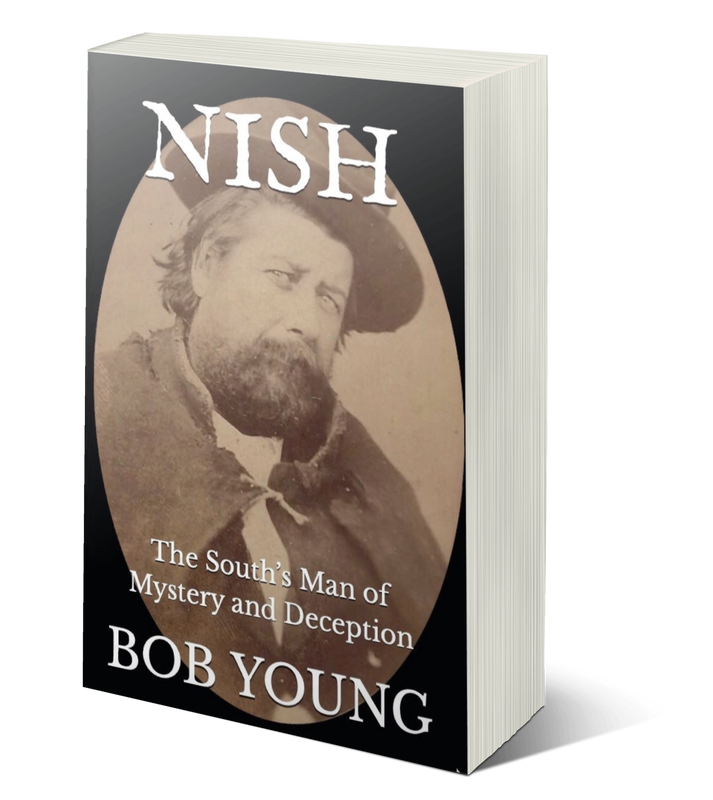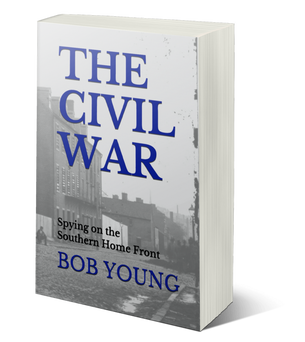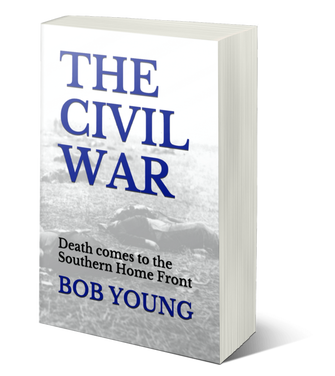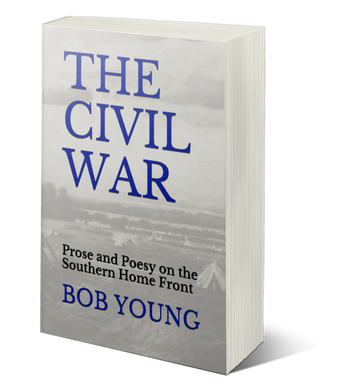My Books.
|
The American Civil War was about more than states rights, independence, freedom, abolition, liberty or any other label one would choose to assign to the four-year conflict. In the end it was about the untimely deaths of hundreds of thousands of men – all Americans – cut down in the prime of their lives in fierce battles, consumed by terrible diseases, taken out in horrible accidents, and even the victims of murder. The war was also about broken families left at home to struggle for subsistence, to mourn the loss of those held dear, and to experience death themselves. 1861-1865 was a painful period in our country’s young existence, and that pain was on full display each day when people picked up their local newspaper. Death was ever-present. Spread across the pages were invitations to funerals, tributes to the deceased, and advertisements from undertakers. The number of men who died in uniform has been estimated between 620,000 and 750,000. Twice as many soldiers died from disease as from wounds on the battlefield. Rampant maladies included typhoid fever, consumption (or tuberculosis), dysentery, pneumonia, and so many others, which principally resulted from poor sanitary conditions in the military camps. Regardless of how a Confederate soldier passed into the next life, his mourning became an opportunity to celebrate the death of a martyr for the Southern cause. Book is a collection of newspaper accounts of obituaries, funerals and burials in the South during the American Civil War.
|
What were Southerners reading on the Home Front during the Civil War? As a break from the news of the day, they read the wide variety editors included in newspapers and magazines—songs, speeches, poems, appeals, announcements, jokes, essays, diary entries, travelogues and even novelettes. You will find samples of all of these in this text—with subjects ranging from the courageous soldiers and their enduring faith to more fun topics such as young love, a farmer’s corn crop and many more. Anyone from a private individual who wrote a poem to honor a loved one to acclaimed authors of poems and prose found sources for publication, giving birth to writings that are uniquely Southern. |

